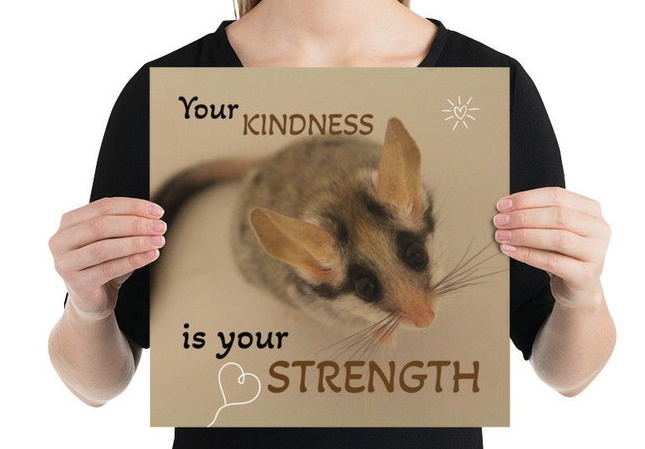Building a Bin Cage
Guide to making home-made accommodation for your rodents
Bin Cages are excellent for temporary accommodation as an alternative to expensive carriers and unsuitable cages. They are made by adding wire mesh to the side and the top of a plastic RUB to allow ventilation. In some instances, they can be suitable for permanent accommodation providing they meet (and ideally exceed) the minimum space requirements for your species. Remember this must be calculated by measuring the bottom of the tub, as many RUBs do taper inwards at the base.
You can also extend bin cages by stacking and connecting other bin cages. This is better done for solo occupants only as pairs or groups may consider these separate territories and fight to claim a section. This is best done with large RUBS only. It is not suitable to add multiple small RUBS together with the idea it adds up to the minimum floorspace. The minimum floorspace refers to unbroken floorspace only.
Assemble your tools!
- You will need
- Cutting implement, drill, cable ties/screws, marker pen, tape measure, ruler, wire mesh, wire cutters and your large, clear RUB.
Measure up
Measure up your sections and mark with your pen. Allow enough space around the lid to keep the strength of the lid. You may wish to do two smaller lids to keep a central bar across the lid.
For the sides makes sure you leave enough space at the bottom of the RUB to allow your pet to have plenty of digging space. This is especially important for gerbils, however many rodents benefit from burrowing space. Mesh enough to allow decent ventilation for your RUB. You may want to leave one length without a window to reduce the mess ytour pet will cause kicking substrate out the panels.
Cutting Lid & Sides
Cut out the marked areas using your chosen tool. A jigsaw or box cutter can be used to start with, switching to scissors after the initial incisions.
Drilling
Drill regular intervals around the cut out sections. This will allow you to cable tie the mesh to each panel. You need enough to allow for your pet potentially chewing through some, but not too many that the plastic is at risk of fracturing.
Attach Mesh
With wire cutters cut out the correct size mesh for each panel, allowing enough overlap to surround the holes. Attach using cable ties or screws through your drilled holes. Snip off the excess cable ties.
Finish & Clean
You can also attach water bottles and wheels at this stage, either by drilling extra holes or by using velcro patches. If you have side panels, water bottles are better attached externally in case of chewers. Trim any excess wire or plastic and clean all residues. Wipe down and clean your RUB, even if new. Now you are ready to setup for your pet!


